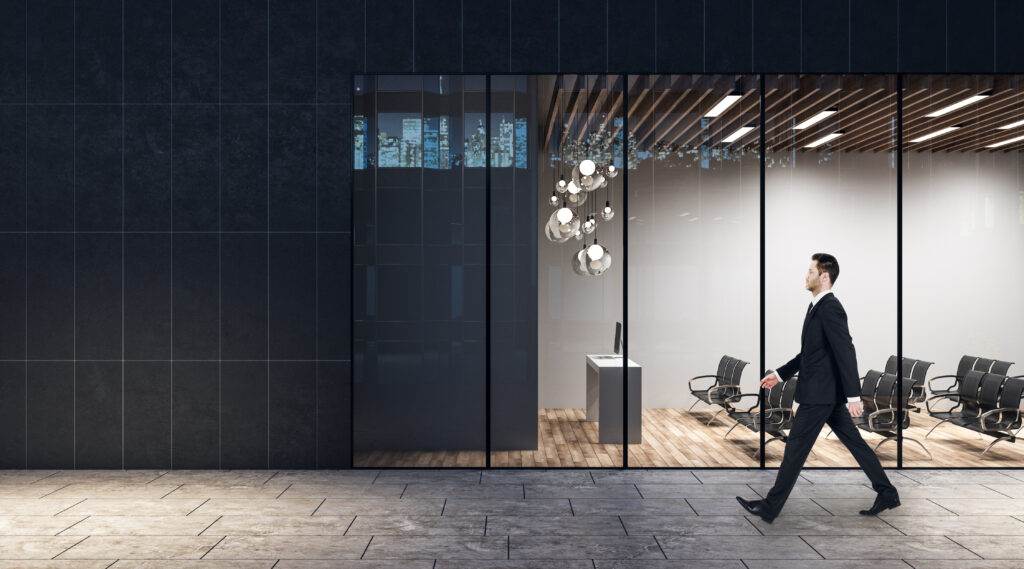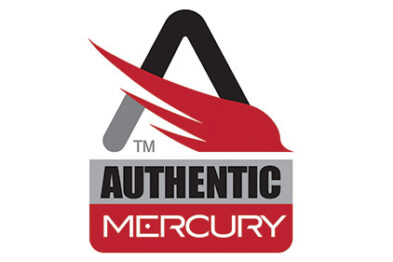What is Access Control Door Hardware?
Physical access control has become an integral part of building security. If you are considering adding a new access control system, it’s important to know the risks of purchasing proprietary access control door hardware.
There are two components in an access control system: access control hardware and access control software.
Access control software is a digital platform that allows security administrators to manage user access privileges to rooms, facilities and sensitive documents. They also alert teams of offline hardware and tailgating.
If cloud-based, these systems can easily connect with other hardware or software systems. API integrations sync video management, notification and other systems with the access control platform. Why is this important? It means, your security is easier to manage.
Access control hardware is comprised of various components, including access card readers, key fobs, door locks, controllers, keypads and more.
Today, access control door hardware comes in two forms:
- Proprietary hardware
- Non-proprietary hardware
Proprietary access control door hardware refers to hardware components whose interfaces are controlled by the proprietor, under patent or trade secret protection.
Non-proprietary hardware refers to hardware components whose interfaces are built on open architecture. These hardware components are compatible with many types of access control software applications.
In this article, we’ll identify the risks of installing proprietary access control door hardware and explain how non-proprietary hardware will help eliminate these risks.
Risks Associated with Proprietary Access Control Door Hardware
Limited Compatibility
The main risk with proprietary access control hardware is that it isn’t compatible with software applications produced by other access control providers. For instance, the access control hardware from proprietary access control providers such as Openpath, Brivo and AMAG will work only with their respective access control software applications. It means your existing proprietary hardware from these companies may not work if you want to upgrade to new access control software from a different service provider.
Limited Software Provider Options
With proprietary hardware, you need to depend on the manufacturer for maintenance, service, bug fixes, patches and upgrades. If the manufacturer does not respond on time to your requests, you may end up using a faulty system that can lead to security risks.
The Solution: Non-proprietary Access Control Door Hardware
The only solution that can help enterprises eliminate the risks of high investments and limited scalability is non-proprietary access control hardware.
Ability to Run Software and Hardware from Different Providers
Genea’s cloud-based access control software runs on non-proprietary hardware from major brands such as Mercury Security, HID, STiD, WaveLynx and ASSA ABLOY. Non-proprietary hardware gives enterprises flexibility to run software and hardware from different providers.
Reuse Some Existing Hardware and Wiring
The security needs of enterprises evolve as their operations grow in size and scale. These evolving security needs may force enterprises to upgrade their security systems or install a robust cloud-based access control that offers the flexibility to manage security operations from a remote location.
Switching from one access control software to another will become easier with non-proprietary hardware. Since non-proprietary hardware is compatible with all access control software providers, you can reuse existing controllers, locking systems, field panels and wires regardless of whether you are planning to upgrade or replace the access control software.
Today, the non-proprietary access control readers accept Bluetooth or NFC-enabled communication from a mobile device or key card.
System Can Be Procured and Serviced from Different Sources
Since non-proprietary access control systems are built on open architecture, many service providers will have the expertise and authority to service and maintain them. The main benefit here is that you will not get stuck with a single provider. You can easily switch to a new service provider if the services from the existing one are not meeting your expectations.
Freedom to Choose Access Control Hardware and Software to Fit Your Needs
The electronic access control requirements of no two buildings are the same. For instance, hospitality firms may want to implement a physical access control solution that can protect guests from car break-ins, physical assaults and robberies. Likewise, healthcare settings may need a robust yet flexible visitor management system that works along with the cloud-based access control solution to provide seamless access for visitors.
Based on the changing requirements, enterprises may need to choose different access control solutions. Since non-proprietary access control door hardware is compatible with different types of access control solutions, you will enjoy the freedom to choose the controllers, panels, locksets and access control software that fit your customized needs.
Advanced, Non-proprietary Access Control from Genea
Considering issues such as high costs, lack of flexibility and limited compatibility with proprietary hardware, enterprises should always look to procure non-proprietary access control hardware, which offers a range of benefits, including cost savings, flexibility to choose different service providers, quick upgrades and easy bug fixes.
Genea is a leading access control solution which offers a range of solutions, including cloud-based access control, mobile access control and a touchless visitor management system. You can integrate Genea with third-party video management systems, elevator control systems and parking management systems to enhance security at the building premises.
Genea Security works with non-proprietary hardware from major brands such as Mercury Security, HID, STiD, WaveLynx and ASSA ABLOY.
Book a demo of Genea Security to learn more about how it works with your existing non-proprietary hardware to reduce the access control installation costs.



